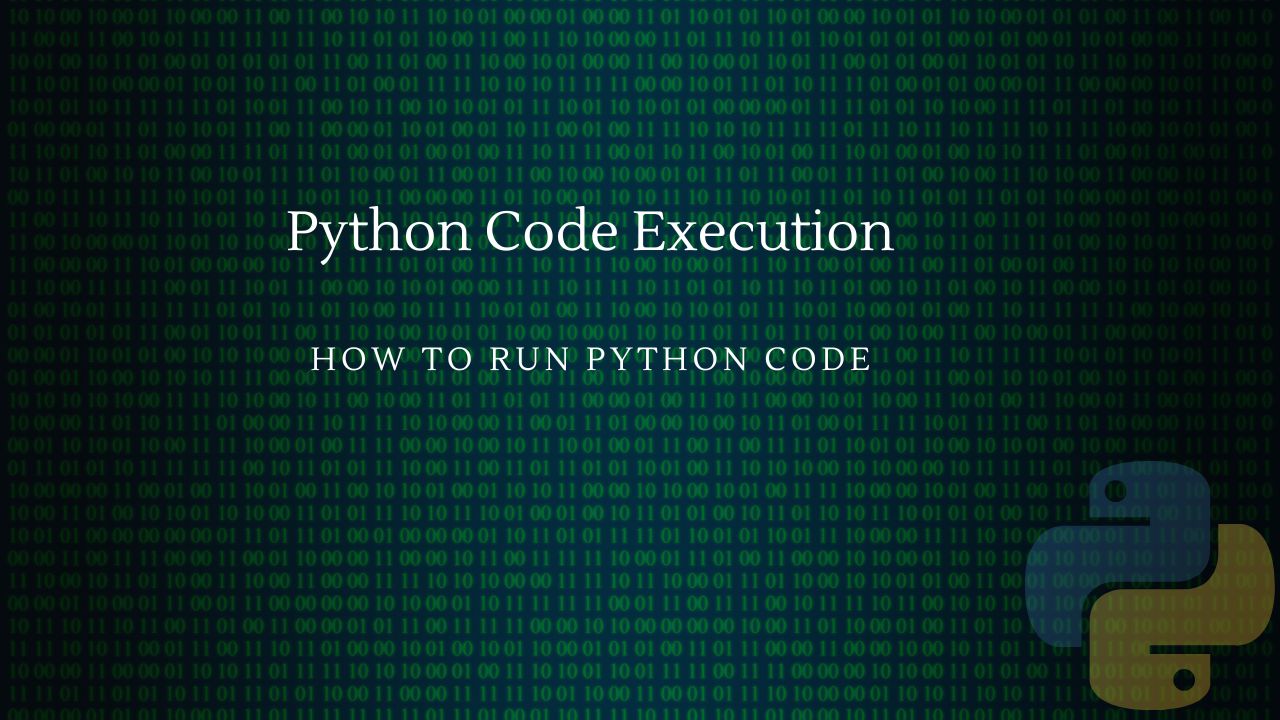Python Code Execution
Running a Python program can be done in several ways, depending on how you’re interacting with Python and what your goals are (testing, scripting, web dev, etc.). The aim of this article is to teach you 2 important concept about using python in your coding journey. How to run a python program as well as … Read more


